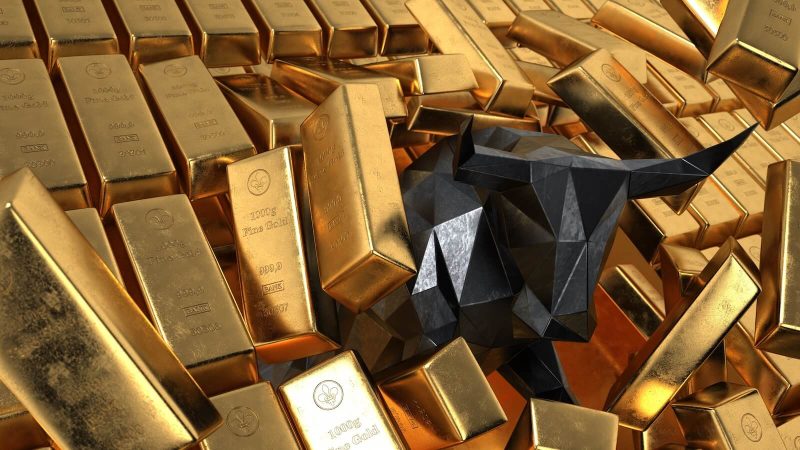In early 2021, the global banking giant Citi released a report predicting that the price of gold could surge to $3,000 per ounce by the year 2025. This bold forecast has captured the attention of investors and financial analysts worldwide, prompting discussions about the factors that could drive such a significant increase in the value of the precious metal.
One key factor cited in Citi’s report is the potential for increased demand for gold as a safe-haven asset in times of economic uncertainty. Gold has long been viewed as a store of value and a hedge against inflation, making it an attractive investment option for investors seeking to protect their wealth during times of market volatility. In periods of economic instability or geopolitical tensions, investors often flock to gold as a reliable asset that can help safeguard their portfolios.
Another factor that could drive the price of gold higher in the coming years is the prospect of continued loose monetary policy by central banks around the world. In response to the economic fallout from the COVID-19 pandemic, many central banks have deployed unprecedented levels of monetary stimulus to support their economies. This flood of liquidity into financial markets has raised concerns about the potential for inflation down the road, leading some investors to turn to gold as a way to preserve their purchasing power.
Additionally, Citi’s report highlights the role of emerging markets in driving future gold demand. As developing economies continue to grow and their populations become wealthier, there is likely to be an increasing appetite for gold jewelry and other gold products. Countries such as China and India have historically been major consumers of gold, and their demand for the precious metal could play a significant role in driving up prices in the years ahead.
It’s important to note that while Citi’s forecast of $3,000 gold by 2025 is attention-grabbing, predicting the future price of any asset is inherently uncertain. Gold prices are influenced by a wide range of factors, including interest rates, currency movements, and global economic conditions, all of which can change rapidly and unpredictably.
Investors considering adding gold to their portfolios should carefully weigh the potential benefits and risks of investing in the precious metal. While gold can provide diversification and serve as a hedge against market volatility, it is not immune to price fluctuations and may not always move in the same direction as other asset classes.
In conclusion, Citi’s bold prediction of $3,000 gold by 2025 underscores the complex interplay of factors that can influence the price of this precious metal. Whether or not this forecast comes to fruition remains to be seen, but investors would be wise to stay informed about the evolving dynamics of the gold market and consider the role that gold could play in their investment strategies moving forward.

